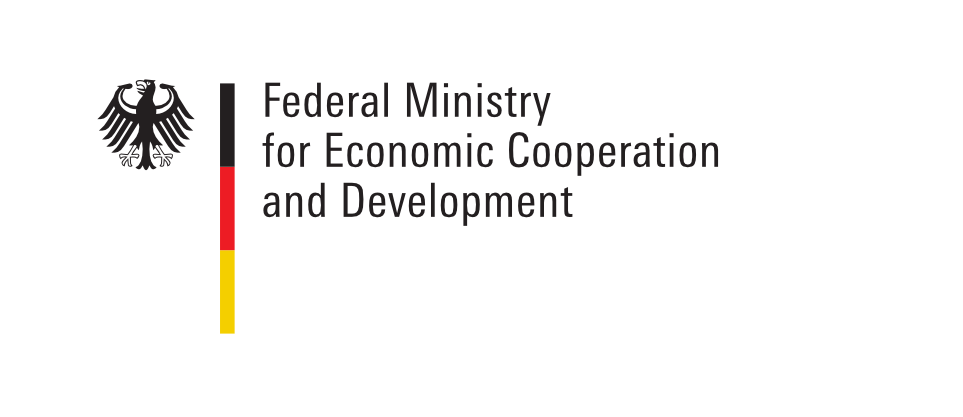- DE |
- EN
Setting a standard for green buildings, passive design and community awareness in Palestine
Overview
The “Dr. Hafiz Abd-Nabi” public school was constructed as a green building that is naturally ventilated, heated and cooled. In comparison to regular school buildings in Hebron, this school building exhibits improved indoor air quality in classrooms. Thermal comfort is achieved mainly via passive design thus reducing the need for auxiliary heating and cooling. As a result, students enjoy a healthy learning environment in both heating and cooling seasons.
The project is a fruitful cooperation between the Belgian Development Agency, the Palestinian Ministry of Education, and Hebron Municipality.

Background
Adhering to green building standards is an uncommon practice in public schools in Palestine. Accordingly, the indoor environmental quality of public schools can be suboptimal. In heating and cooling seasons, students suffer from inadequate thermal comfort inside classrooms.
To overcome this challenge, “Dr. Hafiz Abd-Nabi” public school was constructed as a green building thus achieving high environmental and energy efficiency standards. Throughout the planning and design process the users of the school, students and staff, were engaged and have benefitted from the awareness raising activities on green building design.
The school is located in Wadi Al Mughair, in the north of Hebron, Palestine. It is an elementary public school for girls at elementary stage and it consists of three floors with three classrooms in each.
Objectives
By employing green building design, the project aims to demonstrate the positive impacts on the indoor environmental quality that could be achieved through thermal insulation and passive systems such as ground ducts (geothermal system), solar walls, and solar chimneys. The implementation of these passive design techniques have resulted in achieving a healthier education environment.
Activities
- Promoting energy efficiency regulatory framework and developing green building codes
- Capacity building for engineers, architects, and contractors on designing and implementing green building techniques
- Designing and implementing passive design measures for heating, cooling and natural ventilation. These measures include choosing optimal orientation of the building and windows to reduce the need for auxiliary heating and cooling and to improve solar access. Furthermore, solar walls and chimneys as well as louver shading were integrated in the building design.
- Improving air quality in classrooms via induced natural ventilation. In the cooling season (summer), inlets from ground ducts drives fresh cool air into classrooms. Meanwhile in the heating season (winter), the inlet air warms up in the solar wall and then exits via the solar chimneys after circulating the classrooms.
Effects
- The implemented energy efficiency measures resulted in an annual reduction in energy consumption of around 25321 KWh and thus a reduction in the annual cost of 4703 Euros.
- This project has successfully contributed to the capacity development on energy efficient and green building design, benefitting architects and engineers from the public sector as well as local contractors. As such, the gained experience will enable the replication of the green building techniques in other projects.
- The engaged team has adhered to high standards of design and construction thus ensuring that constructed thermal systems were consistent with the plans.
- While the performance of this system works more efficiently in summer than in winter, it is evident that the chimney technique has resulted in an induced natural ventilation in the classrooms thus improving the air quality and thermal comfort of the users.
- Conducting awareness raising sessions targeting the students and staff of this school on the topic of energy efficiency through passive design measures has helped securing their buy-in and ownership of the process.

Conclusions
The implemented green building techniques and passive design measures have resulted in achieving a healthier learning environment for the users of this school. Moreover, the investment in capacity development activities and awareness raising that targeted the staff and the students were key factors in the success of the project. However, there is still a need for extensive community awareness raising on the topic of green building design and its role in achieving energy efficiency. Similarly, it is also necessary to conduct professional trainings for engineers and architects on the implemented techniques to be replicated in other projects in Palestine.
further information
Published: 25/05/2021
Contact
Eng. Husam Shweiki
Head of Architectural Department at Hebron Municipality













